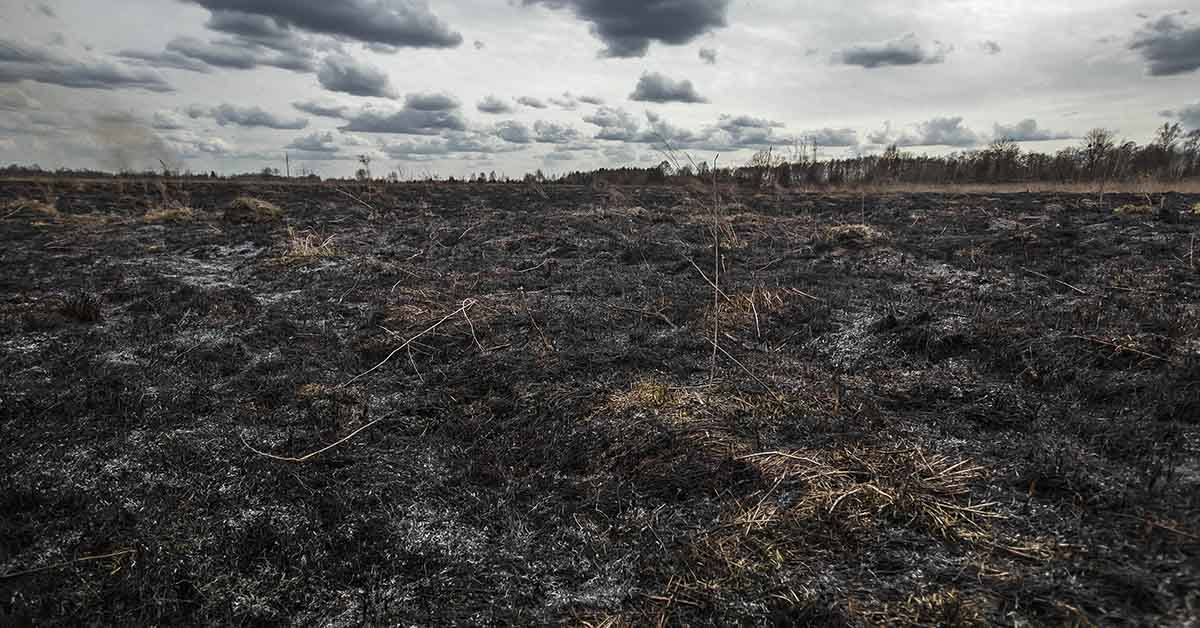In 1972, MIT predicted that society will collapse sometime within this century. A new study shows that we are on-track for that. In fact, they show that societal collapse could happen by 2040. This is what we know so far.
MIT Research Shows Society Will Collapse Sooner Than We Think
Back in the early 70s, MIT researchers predicted that our society would collapse at some point in the 21st century. They used a system dynamics model to identify impending limits to growth (LtG). They found that our industrial civilization was on track to collapse in the century we are now living in because of overexploitation of our planet’s resources. (1)
Sustainability and Dynamic System Analysis Lead at KPMG accounting firm Gaya Harrington decided to have a rerun of the data to see if their predictions still held up. She found that they do. What’s worse, she found that societal collapse is closer than ever: Within the next two decades. (2)
“Given the unappealing prospect of collapse, I was curious to see which scenarios were aligning most closely with empirical data today. After all, the book that featured this world model was a bestseller in the 70s, and by now we’d have several decades of empirical data which would make a comparison meaningful. But to my surprise I could not find recent attempts for this. So I decided to do it myself.” Harrington said.
On The Brink of Collapse
There are many variables that could lead to societal collapse. Harrington identified the key ones to which society hinges on. She found the following 10 to be of the most importance:
- Population
- Fertility rates
- Mortality rates
- Industrial output
- Food production
- Services
- Non-renewable resources
- Persistent pollution
- Human welfare
- Ecological footprint
Her findings show that recent data has the world aligned most closely with two possible scenarios. The first is known as business as usual (BAU2), and the second comprehensive technology (CT).
“BAU2 and CT scenarios show a halt in growth within a decade or so from now,” the study concludes. “Both scenarios thus indicate that continuing business as usual, that is, pursuing continuous growth, is not possible. Even when paired with unprecedented technological development and adoption, business as usual as modeled by LtG would inevitably lead to declines in industrial capital, agricultural output, and welfare levels within this century.”
Harrington explained that this collapse does not mean that society will cease to exist. She only means that both industrial and economic growth will stop. After it stops, it will then decline. This decline will hurt food production and standards of living. Her research shows that the steep decline will start around 2040, according to the BAU2 scenario.
Read: Reddit ‘scientists’ share the scariest things humanity ‘doesn’t know’ about the world
What About The CT Scenario?
Her research shows that in the CT scenario, the economic decline will still begin around the same date. This naturally has a variety of possible negative consequences. The positive, however, is that the CT scenario does not lead to complete societal collapse.
The most promising scenario is another one altogether. It is called the stabilized world, or SW scenario. In this scenario, we follow a sustainable path which leads to the smallest declines in economic growth. This involves a combination of investments in public health and education as well as technological innovation.
Which Is Better?
Currently, we are on track for either the BAU2 or CT scenarios. Without a doubt, the CT is the more favorable of the two.
“(BAU2) shows a clear collapse pattern, whereas CT suggests the possibility of future declines being relatively soft landings, at least for humanity in general.” Harrington says.
Her study clearly shows that technological progress and investing in public services avoids collapse and leads to a new, stable, and prosperous civilization. The thing is, we only have about one decade to make that happen.
“Changing our societal priorities hardly needs to be a capitulation to grim necessity,” she said. “Human activity can be regenerative and our productive capacities can be transformed. In fact, we are seeing examples of that happening right now. Expanding those efforts now creates a world full of opportunity that is also sustainable.”
Harrington noted that if the COVID-19 pandemic showed us anything, it’s that we are capable of responding amazingly quickly to global problems if we choose to do something about them. To tackle this environmental and societal crisis we are facing, we need to do just that.
It isn’t too late to save our planet and our society. If we act now, act quickly, and are united, our future might not be so bleak after all.
Keep Reading: Doomsday Clock Declares We Are 100 Seconds Away From Destruction

